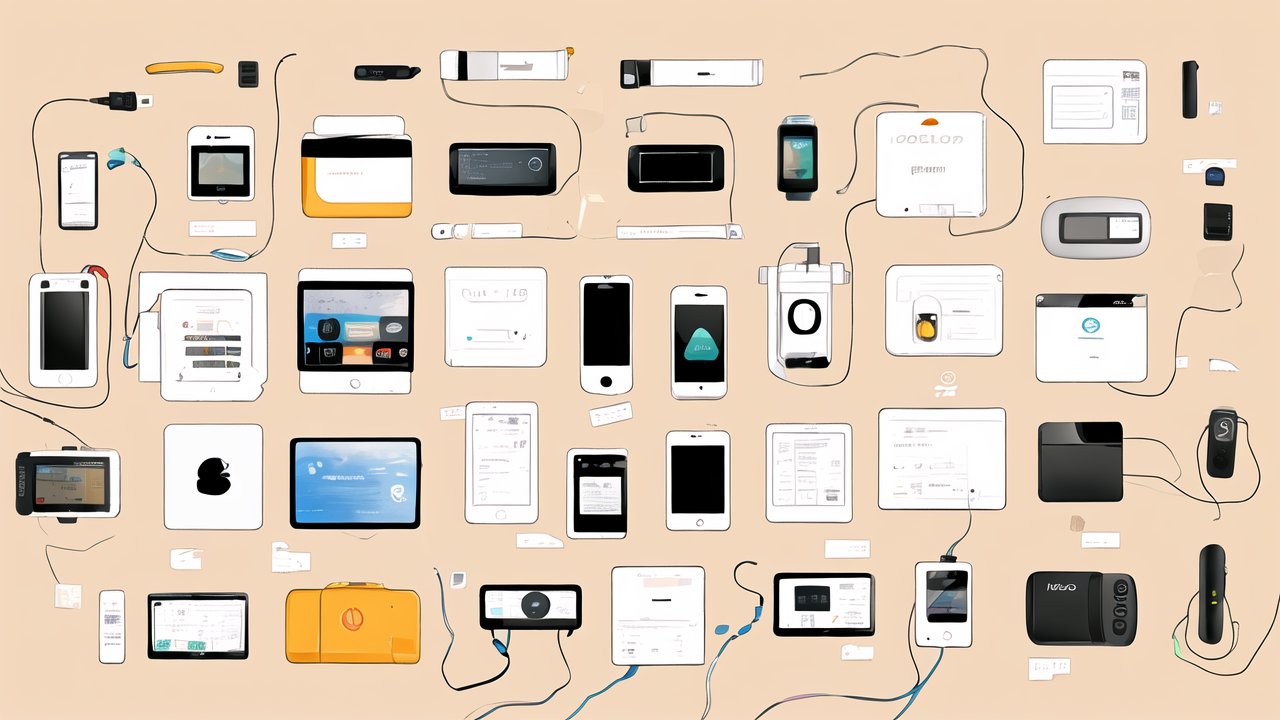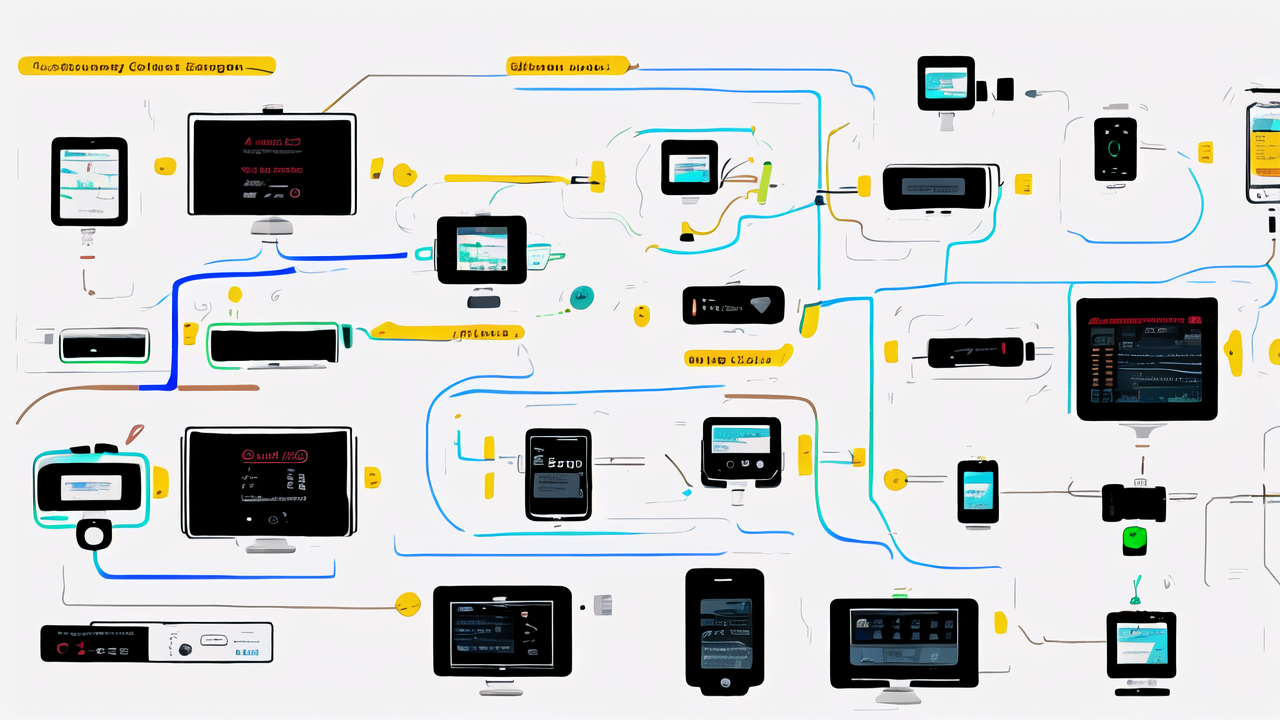Understanding the Landscape of US Walkie Talkie Services
The Evolution of Walkie Talkies in the United States
Walkie talkies have come a long way since their inception. They started as bulky military devices in the 1940s. Over time, they've become smaller, more efficient, and widely used. In the US, they've found homes in various sectors. From construction sites to outdoor adventures, their use has expanded. The technology has improved, offering clearer audio and longer range. Digital models have replaced analog ones, bringing new features. Today's walkie talkies are far more advanced than their predecessors. They offer GPS, Bluetooth, and even smartphone integration. This evolution has made them essential for many professions and activities.

Regulatory Environment for Wireless Devices
The FCC regulates walkie talkies in the US. They fall under the Personal Radio Services rules. There are different bands for different uses. FRS (Family Radio Service) is for personal use. It doesn't require a license. GMRS (General Mobile Radio Service) needs a license for some uses. Each band has its own power and range limits. Users must follow these rules to avoid fines. The FCC also sets standards for device certification. This ensures all walkie talkies sold meet safety and interference standards. Understanding these rules is key for buyers. It helps them choose the right device for their needs.
Key Players and Service Providers
Several brands dominate the US walkie talkie market. Motorola Solutions is a major player. They offer both consumer and professional models. Midland is known for its weather-alert features. Cobra focuses on long-range communication. Kenwood targets the professional market. BaoFeng offers budget-friendly options. These brands compete on features, durability, and price. Some offer nationwide services through repeater networks. Others focus on local communication. Each brand has its strengths and target audience. Buyers should consider their specific needs when choosing a brand. Service providers like Zello offer app-based walkie talkie services. These blend traditional walkie talkie use with smartphone technology.
Features to Look for in High-Quality Walkie Talkies
Durability and Battery Life
Top walkie talkies are built to last. They should withstand drops, dust, and water. Look for models with IP ratings for water and dust resistance. Battery life is crucial for long-term use. The best models offer 12+ hours of talk time. Some feature rechargeable batteries. Others use standard AA or AAA batteries. Consider your usage when choosing. Long battery life is vital for outdoor adventures or emergencies. Dual power options (rechargeable and disposable) offer flexibility. Check if the device has a battery saving mode. This can extend use in critical situations. Durability features like rubberized casings add protection. They help the device survive in tough environments.

Range and Connectivity
Range is a key factor in walkie talkie performance. Most consumer models claim ranges of up to 35 miles. However, real-world range is often much less. Factors like terrain and obstacles affect range. Look for devices with adjustable power settings. This allows for better range management. Some high-end models offer repeater capabilities. This can greatly extend range in suitable areas. Connectivity features are also important. Many modern walkie talkies offer Bluetooth. This allows for hands-free operation. Some can connect to smartphones for extended features. Group call functions are useful for team coordination. Clear frequency selection helps avoid interference. Consider these features based on your intended use.
User Interface and Ease of Use
A good walkie talkie should be easy to operate. Look for devices with large, clear buttons. Backlit displays help in low-light conditions. Voice activation (VOX) is useful for hands-free operation. Channel scanning helps find clear frequencies quickly. Some models offer custom channel names. This makes it easier to organize communications. Menu systems should be intuitive and easy to navigate. Consider the size and weight of the device. It should be comfortable to hold for long periods. Accessories like belt clips and wrist straps add convenience. Some models offer programmable buttons for quick access to features. Easy-to-read battery indicators are important. They help avoid unexpected power loss during use.
The Future of Walkie Talkies in Professional and Leisure Settings
Technological Advancements and Innovations
The future of walkie talkies looks bright. New technologies are enhancing their capabilities. Digital signal processing is improving audio quality. This means clearer communication in noisy environments. Noise cancellation features are becoming common. They filter out background noise for better clarity. GPS integration is growing more sophisticated. It allows for location tracking and mapping. Some models now offer text messaging capabilities. This adds a new dimension to communication. Encryption is improving for more secure conversations. Battery technology is advancing, offering longer life and faster charging. Solar charging options are emerging for outdoor use. These innovations are making walkie talkies more versatile and powerful.

Walkie Talkies in the Era of Smart Devices
Walkie talkies are adapting to the smart device era. Many now offer smartphone app integration. This allows for extended range through cellular networks. Some apps turn smartphones into walkie talkies. They offer features like group chats and location sharing. However, traditional walkie talkies still have advantages. They work in areas with no cell service. They're often more durable than smartphones. Some models now offer hybrid functionality. They work as both walkie talkies and cell phones. This trend is likely to continue. We may see more convergence between walkie talkies and smart devices. The key is balancing traditional reliability with modern features.
The Role of Walkie Talkies in Emergency Communication
Walkie talkies remain crucial for emergency communication. They're reliable when other systems fail. Many models offer weather alert features. These provide warnings for severe conditions. Some have built-in flashlights and SOS signals. These can be lifesavers in emergencies. The long battery life of walkie talkies is vital in disasters. They can work for days when power is out. Their simplicity makes them easy to use in stressful situations. Many emergency services still rely on walkie talkies. They're used alongside more advanced systems. In the future, we may see more integration with emergency networks. This could improve coordination during large-scale events. The role of walkie talkies in emergencies is likely to evolve but remain important.


